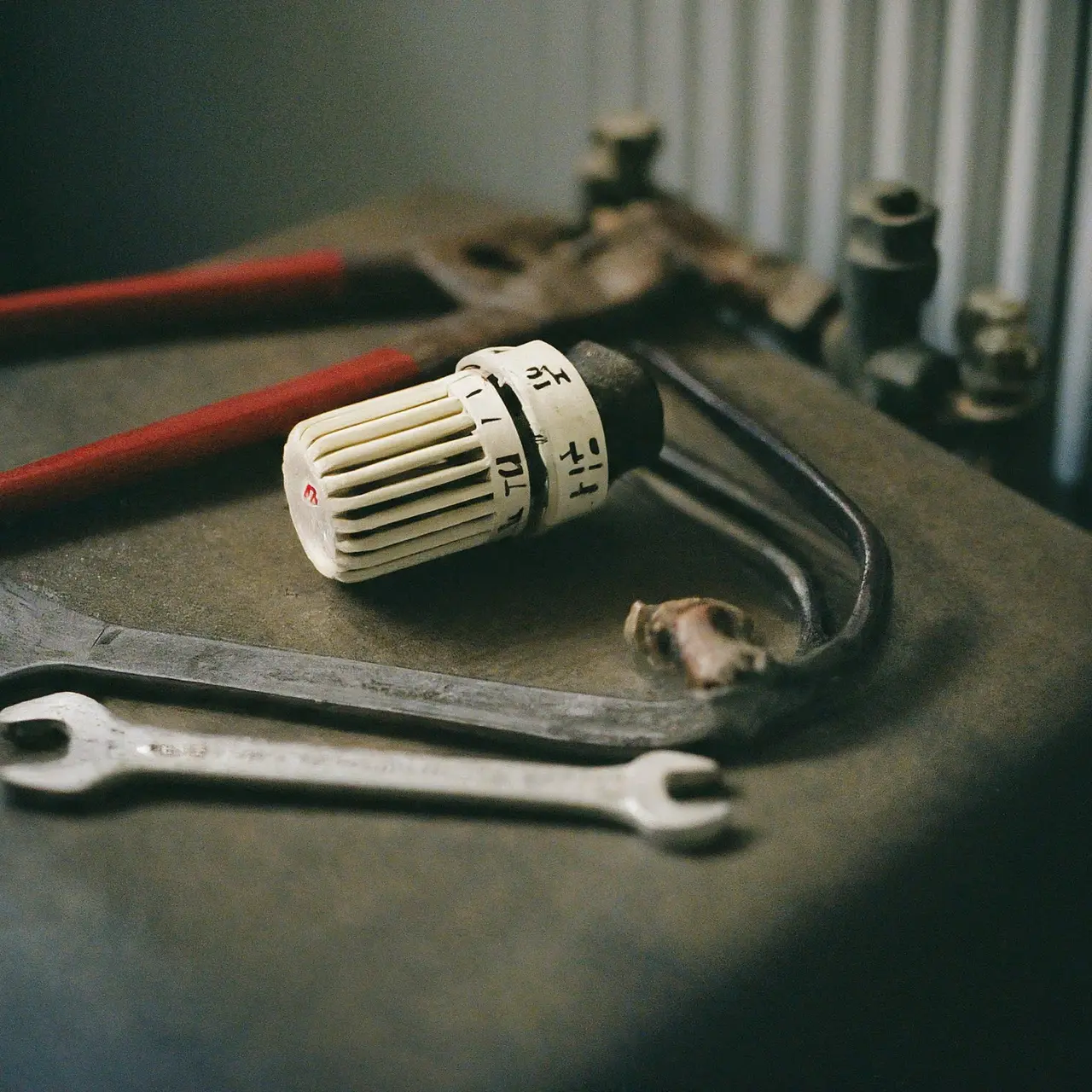License #: CAC1821281

8 Furnace Repair Techniques to Keep Your Home Warm This Winter
As the winter months draw near, ensuring your home stays warm and cozy becomes a top priority. Not everyone is a furnace expert, but with a few simple tips and tricks, you can troubleshoot some common issues and keep your furnace running efficiently. Let’s dive into eight furnace repair techniques that can help you maintain a toasty home all winter long, without needing to call in the professionals every time something goes wrong.
1. Checking Your Thermostat for Issues
The thermostat acts as the brain of your HVAC system, so starting here can save you a lot of troubleshooting time down the road. If your furnace isn’t kicking on when it should, the first step is to check if the thermostat is set to ‘heat’ and that the temperature setting is higher than the current room temperature. It might sound simple, but sometimes the solution is as straightforward as flipping a switch or changing the batteries. For more advanced thermostat issues, consulting a guide like “How Can I Fix My Air Conditioner Myself?” can provide more in-depth troubleshooting steps and help you decide if it’s time to call in the experts.
2. Replacing a Dirty Air Filter
One of the most common and easily overlooked causes of furnace inefficiency is a clogged air filter. A dirty filter can restrict airflow, forcing your furnace to work harder and less efficiently. It’s recommended to check your filter monthly and replace it at least every three months—or more frequently if you have pets or a dusty environment. A clean filter can significantly improve your furnace’s performance and longevity. Plus, this is a simple, cost-effective step that can make a big difference in maintaining a warm home. For detailed instructions on how to maintain your system, including filter replacements, referring to resources like “6 Furnace Maintenance Tips for Winter” can be incredibly helpful.
3. Ensuring Proper Airflow
Proper airflow is crucial for your furnace to run efficiently. Blocked or closed vents in your home can restrict airflow, causing uneven heating and forcing your furnace to work overtime. Make sure all vents are open and unblocked by furniture or curtains. Additionally, keep the area around your furnace clear to ensure it can pull in enough air to operate effectively. During a routine clean, don’t forget to check the ductwork for leaks or blockages. A guide, such as “Furnace Repair: How to Keep Your Home Warm When You Face a Problem”, can offer more insights on improving airflow and keeping your home evenly heated.
4. Inspecting the Furnace Flame
A healthy furnace flame should be blue with perhaps a small yellow tip. If you notice that the flame is mostly yellow, orange, or even a different color, this could indicate a combustion problem that may require attention. A discolored flame can be a sign of dangerous carbon monoxide production. Before inspecting the flame, ensure your safety by turning off the furnace and consulting your owner’s manual. If you’re unsure or concerned about what you find, it’s best to bring in a professional for a more thorough inspection. Learning about the basics of furnace maintenance and repair can also guide you on when to call for help.
5. Checking the Belt for Wear and Tear
If your furnace has a belt-driven motor, checking it for wear and tear is a good maintenance step. A frayed or cracked belt can lead to inefficiency and eventually a breakdown. Look for any signs of wear or damage and listen for unusual sounds that might indicate a loose or worn belt. Tightening or replacing a furnace belt can be a straightforward process if you’re comfortable with DIY tasks. However, if you’re unsure, it’s always a good idea to consult a professional to avoid any mishaps. Guides on equipment care, like “Perdido Key Heating Repair – KadeCo Inc.”, can provide additional maintenance tips to ensure your system runs smoothly.
6. Lubricating the Motor
Some furnace motors require regular lubrication to keep them running smoothly. Check your furnace’s manual to see if this applies to your model and, if so, what type of lubricant is recommended. This is a small but critical step in maintenance that can increase the efficiency and lifespan of your furnace. For those unfamiliar with this task, professional services or detailed guides on sites like “Heating Repair in Pensacola, FL – KadeCo Inc.” can offer assistance and ensure that your furnace remains in top working order.
7. Resetting the Furnace
If your furnace stops working suddenly, a simple reset can sometimes be the fix you need. Most furnaces have a reset button that, when pressed, will turn the furnace off and then back on. This can clear any short-term errors or issues. Refer to your furnace manual to locate the reset button and understand the proper resetting procedure. If your furnace frequently requires resetting, this may indicate a bigger problem that needs professional attention. Resources like “Furnace Repair Tips to Keep Your Home Warm This Winter” can offer more troubleshooting tips for dealing with furnace issues.
8. Cleaning the Flame Sensor
A dirty flame sensor can cause your furnace to function improperly or not turn on at all. This sensor is crucial for safety, as it shuts down the furnace if no flame is detected to prevent gas from leaking into your home. Cleaning the flame sensor is a delicate process that involves removing the sensor, gently cleaning it with a soft cloth or emery cloth, and then reinstalling it. If you’re not comfortable doing this, it’s best to enlist the help of a professional. Understanding basic furnace components and their maintenance can be greatly aided by references like “How Do You Fix AC If It’s Not Working? – KadeCo Inc.”, ensuring that your heating system remains reliable.


